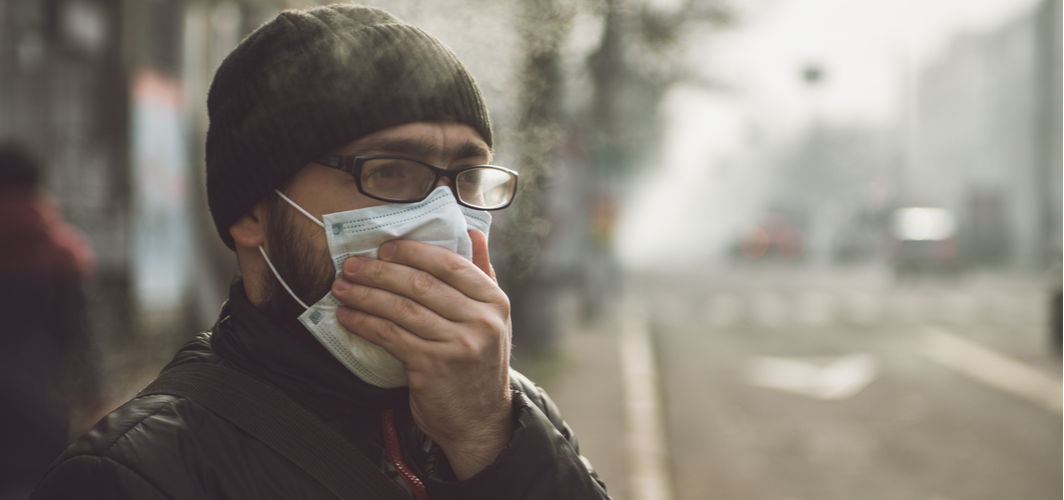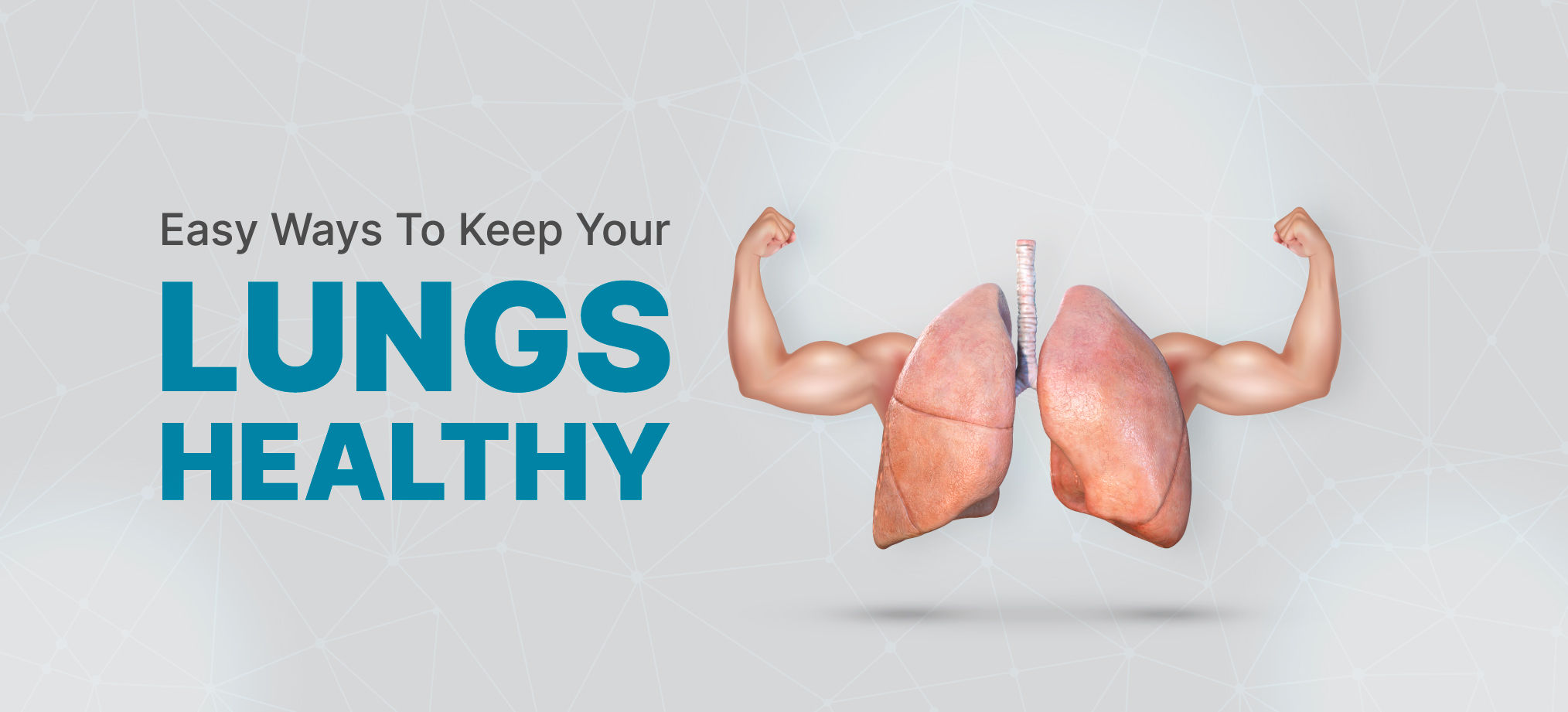First discovered in the Wuhan city of China, the novel Coronavirus, SARS-CoV-2, has spread across 191 countries affecting more than 55 million people and the count is still increasing every day. While anyone can get infected with COVID-19, people with a pre-existing medical condition such as high blood pressure, diabetes and respiratory illnesses are prone to get adversely affected by the virus.As per India’s Ministry of Health and Family Welfare, so far more than 8 million cases of COVID-19 have been reported across the entire nation. But recently some states of India, including the nation’s capital, Delhi, witnessed a sudden spike in the COVID-19 cases. Per scientists and doctors, the rising pollution levels are one of the factors contributing to the spike. Various studies conducted in different parts of the world have concluded that particulate matter (pollutant particles in the air) aid the transmission of COVID-19.
What is particulate matter?
Particulate matter (PM), also known as particle pollution, is a mixture of both solid and liquid particles present in the air which include dirt, dust, grit and smoke. Particulate matter is emitted during the combustion of fuel (from vehicles, factories, homes, fields, etc.) or when the dust is carried by the wind from construction sites, unpaved roads and chimneys.
Some of these PM can be large and dark enough to be seen clearly with naked eyes, while others are microscopic in size. The commonly found particulate matters are PM10 (particles with a diameter of 10 micrometres or less) and PM2.5 (particles with a diameter of 2.5 micrometres or less).
Why is particulate matter harmful to humans?
Particulate matter has the potential to cause various health problems and people with a pre-existing lung or heart disease are most likely to be affected by them. It is believed that the size of the pollutant particle determines the risk it holds for the body. Particles with a diameter less than 10 micrometres pose a greater threat as they can settle deep into the lungs and can even get dissolved in the bloodstream, affecting several vital organs of the body.
Studies have shown that exposure to PM can result in respiratory issues including irritation of the airways, coughing and difficulty breathing. Furthermore, they can exacerbate the respiratory symptoms in people suffering from asthma, bronchitis and can simultaneously reduce lung function. Research also shows that PM can also cause cardiovascular damage which can be experienced in the form of arrhythmias (irregular heartbeats) and even heart attacks.
How can particulate matter facilitate Coronavirus transmission and increase infection severity?
There is some interesting research evidence that indicates the role of pollution in the transmission of COVID-19. A study conducted by scientists at Harvard University determined the effect of air pollution in COVID-19 transmission and mortality in over 3000 counties in the United States. The results of the study showed that with every 1 microgram rise in PM2.5 exposure, there was an 8% increase in COVID-19 related death rates.
Two other studies conducted in Italy, also indicated that particulate matter in the air eases the transmission of COVID-19. The study published in the International Journal of Environmental Research and Public Health stated that PM induces inflammation in the cells of the lungs, thus increasing the risk and severity of COVID-19. They further stated that the presence of pollutants in the body allow cytokine storm to sustain for long. Generally, the human body reacts to foreign pathogens by releasing immune cells, called cytokines, which kill off the invader. However, when the immune system is unable to shut itself, it results in a cytokine storm resulting in organ damage and even death.
Another study published in the Journal Allergologia et Immunopathologia concluded that high levels of pollutants in the air negatively affect the immune system of the body, increasing the risk of contracting viral diseases, including COVID-19. They further stated that exposure to air pollution can worsen the symptoms of a person with pre-existing respiratory infections, increasing their likelihood to get severely affected by the novel Coronavirus.
What can be done to combat pollution and COVID-19 transmission?
The best way to be protected from the twin risks of pollution-induced illness and COVID-19 is to follow the prescribed guidelines:
- Wash hands frequently, use a sanitizer and maintain a physical distance of at least 2 metres.
- Use a good quality mask, preferably N95, N99 or N100 mask as they have the ability to filter out the finest particles.
- Patients who have recovered from COVID-19 must be extra cautious as the disease tends to decrease lung function and increased levels of pollution may aggravate their health.
- People must try to remain indoors and not step out of their houses unless necessary.
- Early morning jogs must be avoided as the pollution levels are at a peak during those hours.
- Invest in air purifiers as it would help in filtering out the allergens, toxins and pollutants from the indoor air.
Takeaway
One must take every possible precaution until there is any treatment or vaccine for COVID-19 as the disease is likely to spread more during winters and in the areas with poor air quality. Apart from this, each person must do their bit and contribute toward reducing pollution in their surroundings. A press release by the Ministry of Environment, Forest and Climate Change on 15th October 2020, stated that 95% of air pollution in Delhi was due to local factors such as dust, construction and biomass burning. People must keep their streets clean, avoid burning garbage and opt for carpools, whenever possible.
For any questions relating to respiratory health, you can:
Talk to a Pulmonologist







